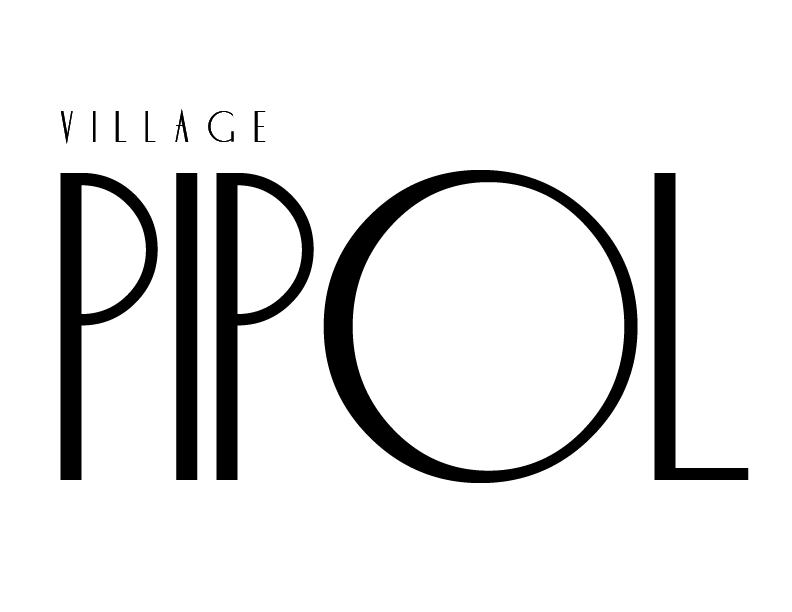The Bank of Japan’s Negative Interest Rate Policy amidst Criticism

As the world continues to grapple with economic uncertainties, the Bank of Japan (BoJ) has struggled to promote growth while preserving financial stability. In response to this, the Bank of Japan decided to maintain the Negative Interest Rate Policy (NIRP) and interest rates. This is after the newly appointed Governor, Kazuo Ueda, presided over his first policy meeting.
To sustain its existing policies, the BoJ has stated that it intends to thoroughly evaluate its current easing measures. It should be finished in 1½ years.

Effects of NIRP on Inflation
The Bank of Japan has kept the benchmark interest rate at -0.1% since 2016. This is a part of its efforts to boost economic growth and fend against deflation. The BoJ has come under fire for continuing the policy despite its meager success in boosting lending and economic development. Despite these attempts, the policy has also failed to achieve the BoJ’s 2% inflation target, raising concerns about its efficacy.
The most recent information displayed in the economic calendar indicates that Japan’s core consumer price index (CPI) climbed only 0.2% in March 2023. This shows the difficulties the bank faces in meeting its inflation target.
In reality, inflation has stayed significantly below the target. The economic calendar is used to keep up with these significant events and their possible economic effects. It offers up-to-date details on several economic data in Japan and globally. Additionally, it has details on monetary policy decisions and policy meetings.
Japan Monetary Policy Meetings

Despite the yen’s decline in value, the BoJ continues to maintain its ultralow interest rate policy. The BoJ is the only G10 central bank to maintain a dovish approach, keeping interest rates at -0.1% and the 10-year JGB at 0% during the March monetary policy meeting.
The Bank of Japan prominently displays the dates of its Monetary Policy Meetings when the Policy Board sets the discount rate, which is the bank’s official interest rate. During these meetings, a target for the uncollateralized overnight call rate is produced to guide money market activities during the interim between meetings.
Effects of NIRP on the Economy
The negative interest rate policy significantly impacts the Japanese economy. By lowering borrowing costs, the policy encouraged lending to riskier borrowers and capital projects while boosting economic activity in the housing industry.
Banks must deal with negative interest rates on deposits, which they do by charging clients. Japanese company earnings are under pressure from rising global interest rates. The BoJ meets eight times yearly to analyze data and make monetary policy decisions. Investors eagerly follow these meetings for information on the bank’s economic forecast to make trading decisions.
The economy and inflation of Japan have responded differently to the country’s negative interest rate policy. The BoJ’s target inflation rate of 2% has yet to be reached, even though it has increased economic activity and devalued the yen.
Banks have faced difficulties due to the policy because they have been forced to pay negative interest rates on deposits. However, the BOJ’s monetary policy meetings offer essential information about the central bank’s assessment of the economy and inflation expectations.
Aside from being a businessman, Josh Austria has been working in PR and media industry for more more than a decade. From his years of experience as the Marketing and Advertising Head of Village Pipol Magazine, he has built strong relationships with creative people, brands, and organizations.






